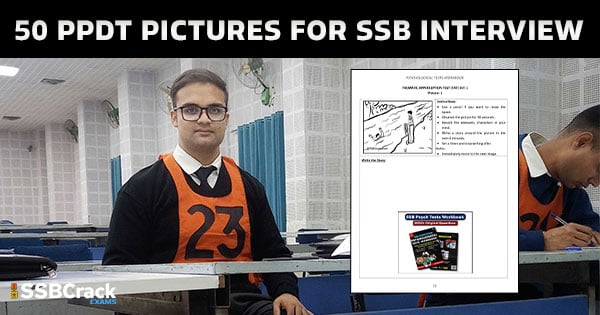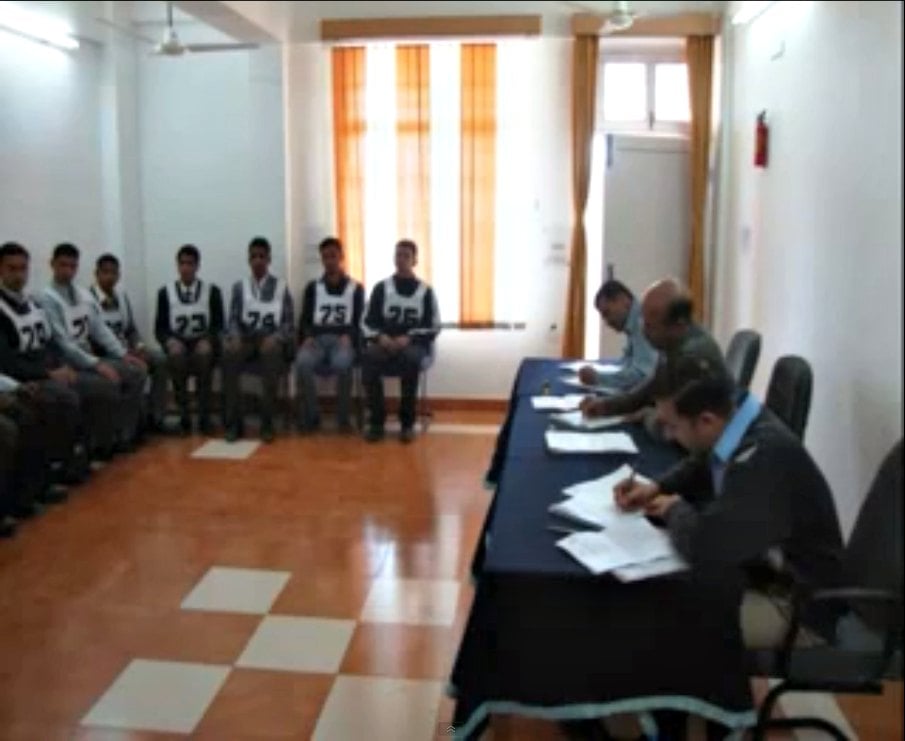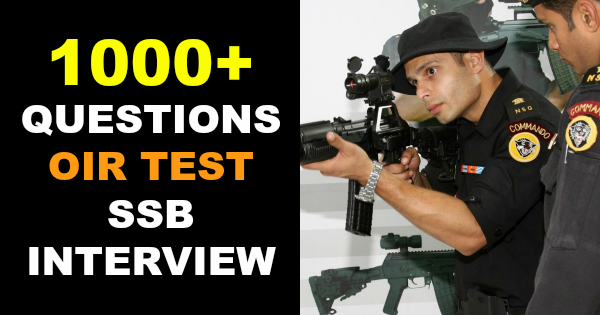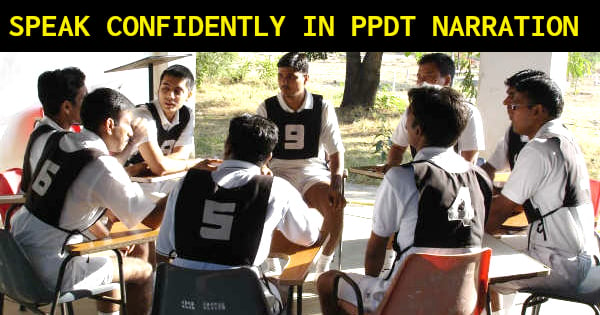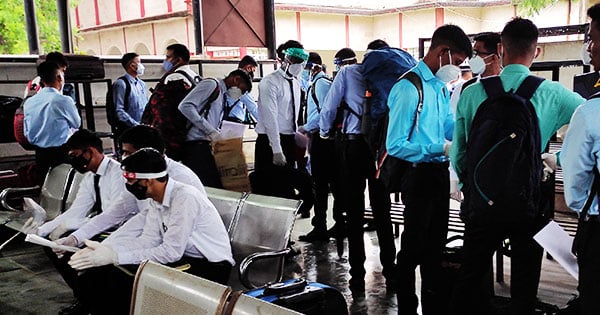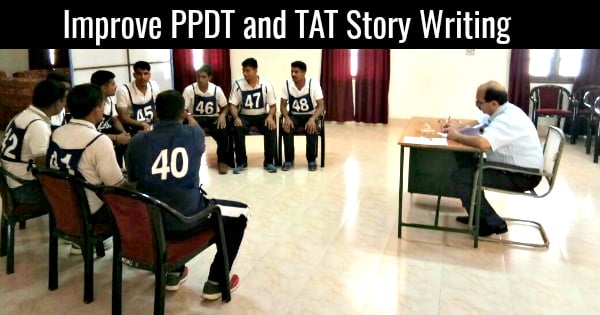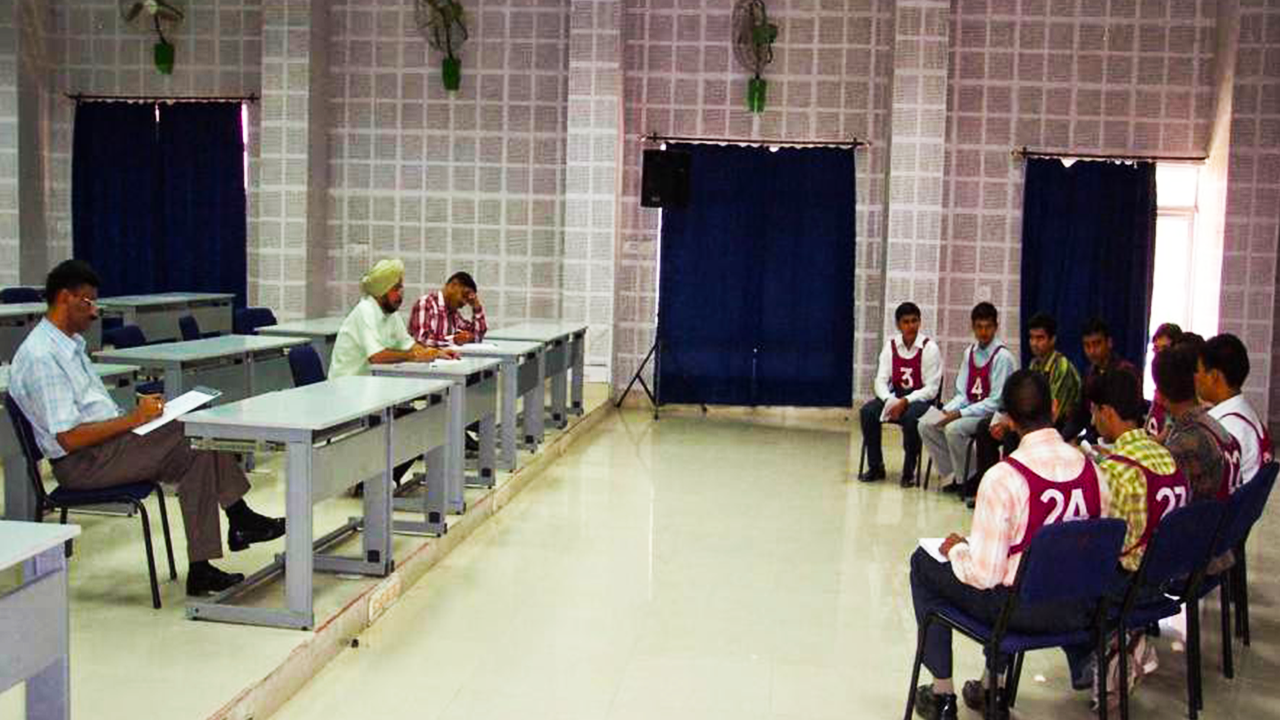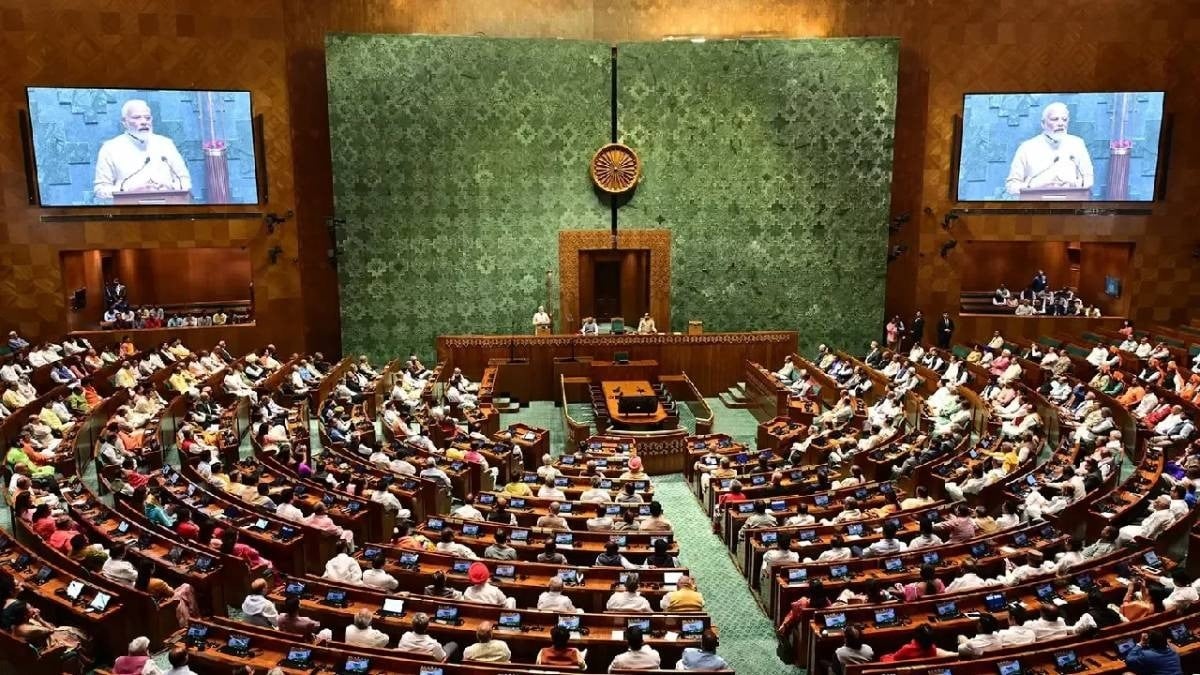The Picture Perception and Description Test (PPDT) holds significant importance in the selection process for officers in the Indian Armed Forces. As a psychological assessment, it aims to gauge candidates’ observational skills, imagination, and the ability to articulate thoughts effectively. Through the PPDT, candidates are tasked with interpreting an ambiguous image presented to them for a brief duration, followed by a limited time to construct a narrative based on their observations.
Typically, candidates are shown a single PPDT picture for 30 seconds, which they must analyze. This is followed by four minutes in which they write a coherent story reflecting their interpretation of the scene. The essential goal of this exercise is to assess how well candidates can perceive and comprehend visual stimuli, how creatively they can construct a storyline, and how effectively they can communicate their ideas.
PPDT images are generally uncomplicated, depicting everyday scenarios that allow for multiple interpretations. These images encourage candidates to delve into their creativity and imagination, vital tools for storytelling. By practicing with various PPDT images, candidates can refine their observation skills and narrative ability, ultimately leading to greater confidence in their performance during the SSB interview process.
To prepare for the PPDT successfully, candidates often seek resources that provide not just images for practice but also detailed descriptions and tutorials on writing compelling stories. Comprehensive guides, such as articles with numerous PPDT pictures, can serve as valuable resources. These guides typically offer original illustrative scenarios specifically designed to enhance observational and storytelling skills, equipping candidates with the necessary tools to excel in the test.
Utilizing PPDT pictures effectively requires a structured approach:
-
Finding Relevant Images: Candidates should look for specially curated PPDT pictures that capture a scene open to interpretation.
-
Careful Observation: Candidates must spend the first 30 seconds observing the image meticulously. This involves noting the background, characters, their emotions, actions, and any other relevant details.
-
Story Creation: After the observation phase, candidates have four minutes to develop a story that is not only imaginative but also logically flows from the elements they have observed in the picture. The narrative should introduce characters and settings, outline a conflict, and conclude with a resolution.
-
Consistent Practice: Regular practice with PPDT images can lead to noticeable improvements in story craft, prompting candidates to think critically and communicate effectively under time constraints.
- Showcasing Personal Strengths: Crafting stories allows candidates to emphasize their strengths—be it creativity, analytical skills, or persuasive communication.
Additionally, understanding this method extends to another psychological evaluation known as the Thematic Apperception Test (TAT). While both tests assess similar cognitive skills, TAT involves interpreting a series of ambiguous images and constructing narratives in response to them, thereby offering further opportunities for candidates to showcase their creative and interpretive abilities.
To write effective PPDT stories, candidates should consider several strategies:
- Analyze the Scene: A foundational step involves identifying the main theme and characters present in the image.
- Develop a Clear and Engaging Plot: Candidates should create a storyline that reflects an engaging conflict and incorporates relatable character emotions and motivations.
- Cohesive Writing: Emphasis should be placed on clarity and structure, ensuring that narratives are easy to follow and free of grammatical errors.
- Effective Time Management: Given the limited time frame, candidates should plan their narratives quickly and use the remaining duration to elaborate comprehensively.
By following these strategies, candidates can craft compelling stories that not only reflect their analytical and creative capabilities but also enhance their likelihood of success in the SSB interview.
Ultimately, familiarizing oneself with PPDT requirements and regularly practicing storytelling skills with provided images can significantly bolster a candidate’s confidence and performance, paving the way for potential selection in the competitive field of military recruitment.
